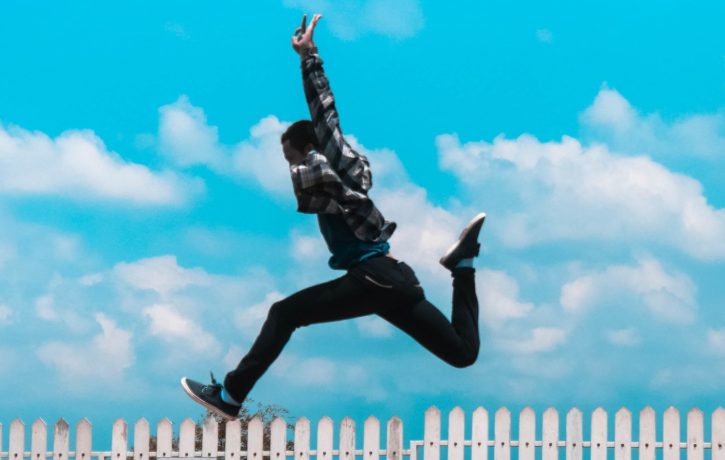Motion is Lotion!

We feel better when we move, even if it is painful to do so. Pain is not a message of damage, it is the message to protect our bodies (slow down, less intensity).
If it hurts to move, avoidance of the movement is counterproductive to your recovery, BUT, you can reduce the intensity and/or duration of the activity.
Some people push on despite the pain. These people may need to do less while experiencing pain.
While other people think it is best to do nothing (complete rest) and wait for the pain to resolve. Although this can work in some cases, this also leads to deconditioning and a reduction in normal tolerance to stress on the body. We limp on a sprained ankle for this reason. The limp protects the healing process by reducing weight bearing and the amount of movement and stress on the healing tissue.
If we just sit for 2 or 3 weeks waiting for the tissues to heal then we have compromised so much more of our conditioning. Have you ever seen the amount of muscle wasting that occurs after being immobilised in a plaster cast for 6 weeks after a bone fracture?
Pain on inactivity is more to do sensitivity due to low levels of stress on the tissues but the high duration of the position you take rather than the position itself. We do not injure our bodies sitting in our chairs at work, or in bed at night, but we can get sensitive to compression, stretch or tension by maintaining the position for long periods. Keeping diverse postures, taking movement breaks and changing position regularly will reduce the amount of sensitivity and help you keep yourself in less discomfort.
Other potential reasons for sensitivity in the back, neck or any body part could be higher levels of inflammation in the body. Inflammation can be increased by a poorer diet, immune response or even emotional stress. A painful body part can manifest due to emotional stress as it puts the autonomic nervous system into a sympathetic state ( known as the “fight or flight” response). Our autonomic nervous system wants to have a balance between the sympathetic and parasympathetic (known as “rest and digest”) responses.
When we spend more time dealing with things that cause us stress then there is a reciprocal inhibition of the rest and digest response, This is pro-inflammatory. Combine this with the way we physically carry ourselves while experiencing stress where we can unconsciously tense up the muscles in the body and not realise until we are already sore.
Stress on the body via compression or stretch on the tissues, or tension in our muscles can lead to ischaemia (ischaemia = reduced blood flow to the tissues) in the affected region of the body.
If we think about sitting in the cinema, within an hour or so we get discomfort in the backside. The sensation is strong enough that we are distracted during the film and we fidget or shift our position in the chair. If we did not fidget and did not move for many hours (more than a 24-hour period) then the skin would develop an ulcer, or you may know it as a pressure sore. This is actual tissue damage, but we never reach that point because our nervous system is protecting us from that event via unpleasant sensations that we can’t ignore and cannot sit still. Even when we fidget, the longer we stay there the more often these sensations occur until we have to get up and stretch our legs or do whatever we do to relieve the discomfort.
Now imagine doing that for 8 hours a day, 5 days a week. If you are tensing your shoulders to keep your position at the computer then that can become sore. If you are standing at a kitchen workstation for many hours then your back or knees becomes sore. If you just shift position then that is just the fidget in the cinema seat. We need to take more regular breaks to better control how sore we become.
When positions are work-related, they will most often be prolonged periods. Hours not minutes.
If this is regular and daily then the region of the body doesn’t have time to recover before we are back the next day.
It is important to differentiate that not all recovery is from injury. If we do an activity out of our normal conditioned routine then it is perfectly normal to experience Pain and discomfort after the event or the next morning. This is not because of damage, but because the body is recovering from the unusual stresses upon the body.
Call The Body Matters on 01702 714968.
This article was written by Matthew Oliver M.Ost DO ND. Osteopath.
- How to See Life from Another Person’s Point of View - 22nd April 2024
- Using Self-Talk to Boost Self-Confidence - 5th April 2024
- Simple Techniques for Recharging Amid a Hectic Schedule - 28th March 2024
